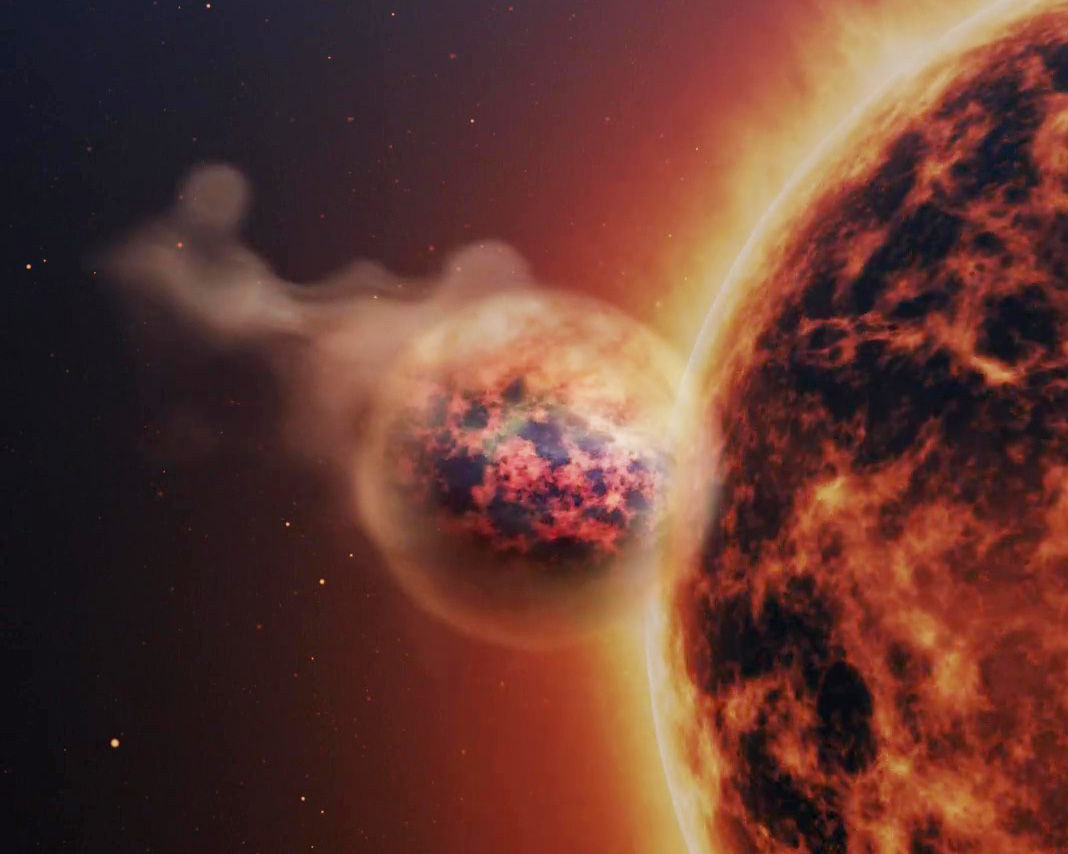Space has always been mysterious. But the James Webb Space Telescope (JWST) has become the new key to unlocking that mystery. Since its launch into space in December 2021, it has been revealing one surprising piece of information after another. And recently, JWST has discovered an exceptional planet where ‘sand rain’ occurs, and next to which there is a ‘sandcastle-like structure’ made of dust. This discovery raises new questions—”How do planets form?”, and “How strange can life be outside Earth
What is the James Webb Space Telescope?
The James Webb Space Telescope (JWST) is an infrared space telescope built by NASA, the European Space Agency (ESA), and the Canadian Space Agency (CSA). It is the successor to the Hubble Telescope, but is much more powerful.
JWST’s main tasks:
- Seeing the first galaxies and stars
- Observing exoplanets (planets outside of Earth)
- Finding chemical signatures in planetary atmospheres
- Finding information about the beginning and formation of the universe
Sand rain and dust castle: A strange exoplanet

The exoplanet that JWST recently discovered has sparked a heated debate among scientists. The characteristics of this planet are, in a word, “unusual”.
✅ Sand Rain:
The planet’s atmosphere contains silicate particles, which form clouds. These particles cool and turn into heavy substances like sand and fall down like rain. That is, it rains sand, not water.
✅ ‘Sandcastle Companion’:
A companion object made of dust and gas has been seen next to this exoplanet, which looks like a cosmic ‘sandcastle’. It is believed that it is a baby planet or a moon in the making.
Together, these two things show that the process of planet and satellite formation is actually much more complex, diverse and surprising.
What scientists say
Many scientists and researchers led this discovery with the help of JWST. According to them,
“The presence of such sand rain and gaseous formations is forcing us to rethink the conventional idea of planet formation.”
In their words, this is a planet that is “not liquid, but changing through particles” and “is creating its own satellite or companion object itself”.
Importance of this discovery
This discovery is not only a scientific curiosity, but also a breakthrough step in understanding the initial stages of planet formation and the possibility of life in outer space.
- Atmosphere structure – not like Earth’s, but stable
- Dust’s role – in creating the atmosphere and environment
- Structure of its own companion – direct evidence of the process of creating the moon or other planetary elements
Hints of a new environment for life – is it possible to create the basis for life with other elements than just water?
JWST’s technological breakthrough
JWST is using a technology that Hubble or any other telescope has never been able to do. It can detect very weak light using a mid-infrared camera, which can also capture the light of distant galaxies or planets.
In addition, it has a 5-layer sunshield to protect it from sunlight, and it operates about 1.5 million km away from Earth.
Looking to the future
This discovery has increased scientists’ hopes for JWST. Now looking for:
- Discovering more ‘strange’ exoplanets
- Finding gases suitable for life in the atmospheres of various planets (such as oxygen, methane)
- Identifying possible locations for life beyond the solar system
Conclusion
The James Webb Space Telescope is not just a spacecraft—it is a “window into time”. It shows us, billions of light-years away, planets, gases, clouds and perhaps other forms of life.
Just as ‘sand rain’ and ‘sandcastle companion’ have surprised us, there may be many more unknown worlds waiting for us ahead.
If the universe is truly “infinitely mysterious”, then James Webb is the instrument that will take our eyes deeper into the depths of space.



